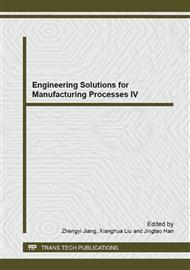p.722
p.726
p.732
p.737
p.741
p.745
p.749
p.755
p.761
Research on Low-Voltage Series Arc Fault Detection Based on Higher-Order Cumulants
Abstract:
Arc faults are one of the main reasons of electrical fires. For the difficulty of series arc fault detection, very few of techniques have successfully protected loads from arc faults in low-voltage circuits, especially in China. When series arc faults occur, shoulders will appear in load currents. The shoulder widths of non-arc faults such as normal load arcs are stable, while those of arc faults are variable because the appearance of arc faults is erratic. Therefore, a novel detection method based on shoulder characteristics was proposed. To better capture shoulder widths, original currents were firstly converted into pulses. Then, the pulse widths were used to detect arcs and the fourth-order cumulants of their differential were used to distinguish arc faults from normal operations. Finally, an arc fault detection device (AFDD) prototype was developed for test. The results show this prototype can discriminate arc faults effectively from normal operations.
Info:
Periodical:
Pages:
741-744
Citation:
Online since:
February 2014
Authors:
Price:
Сopyright:
© 2014 Trans Tech Publications Ltd. All Rights Reserved
Share:
Citation:


